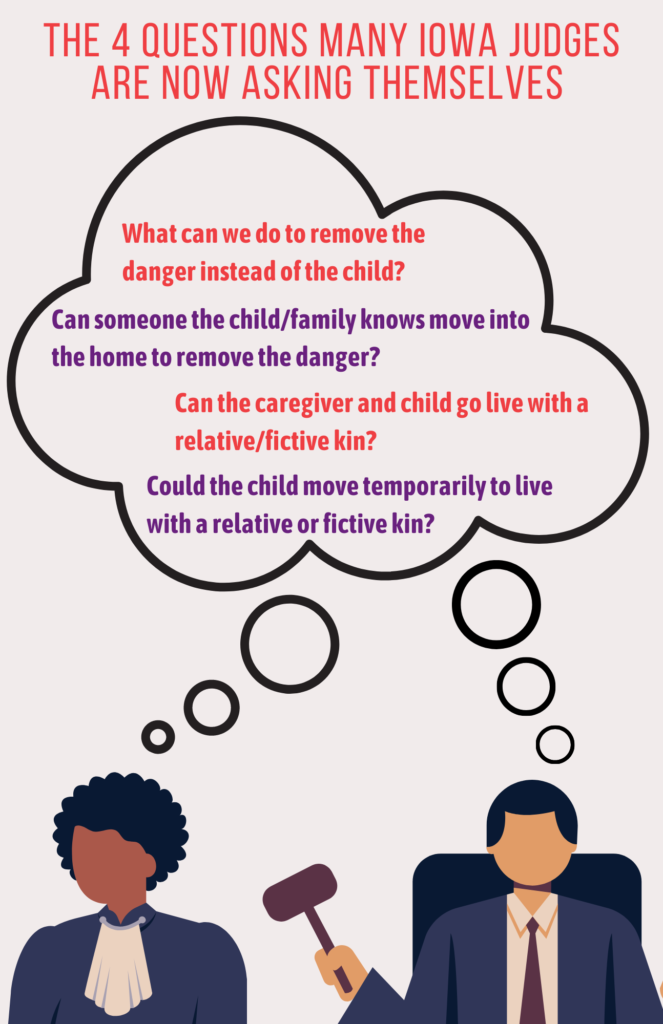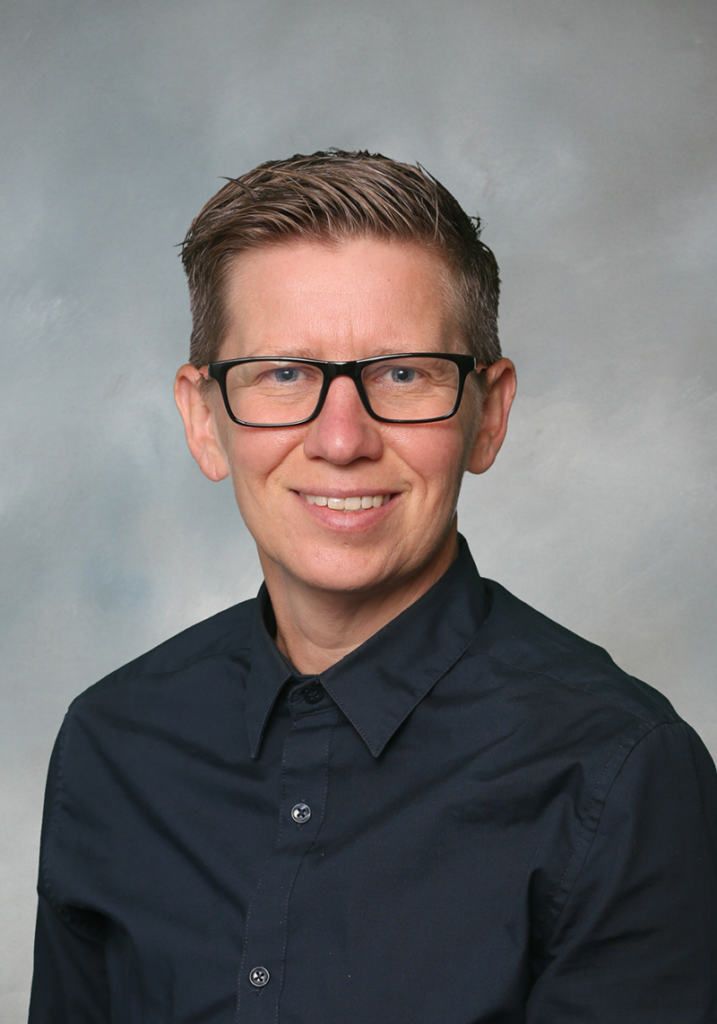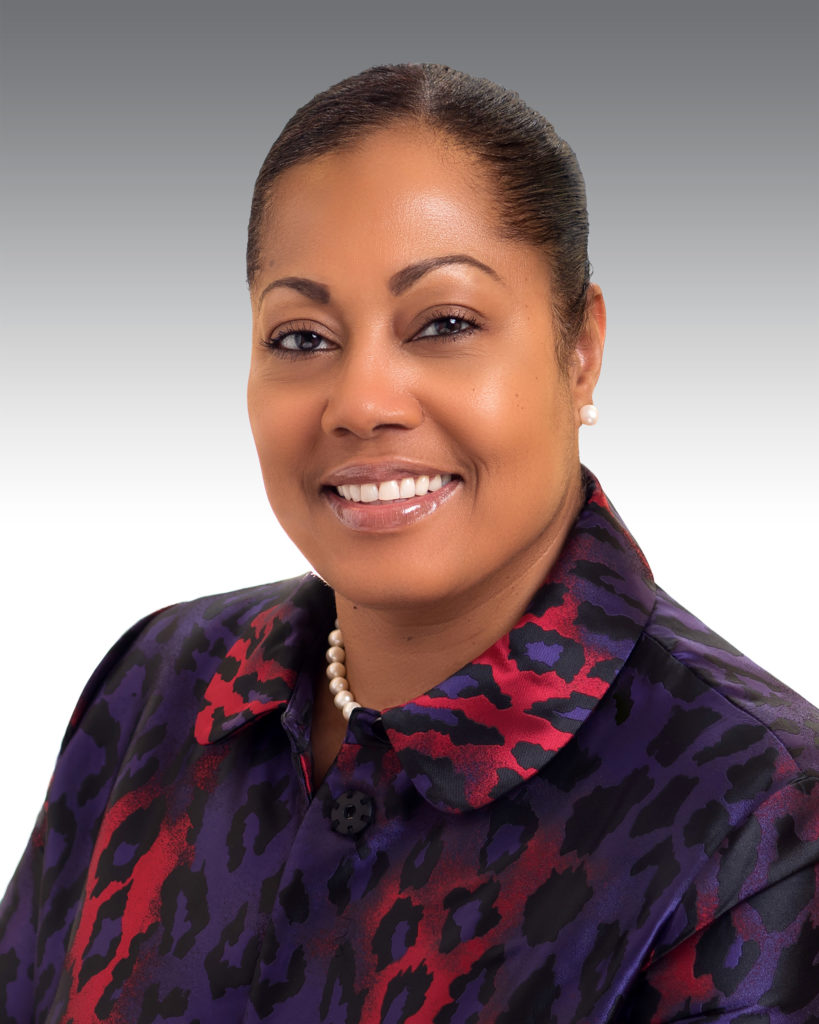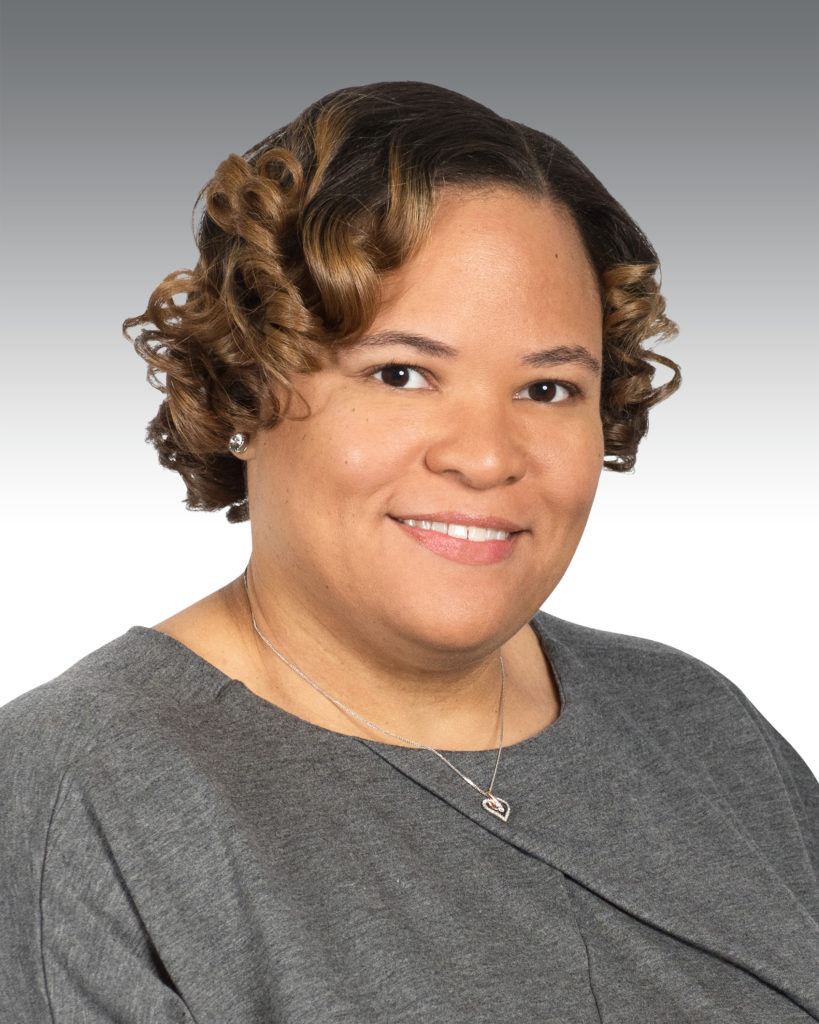Blog
Why Strong Partnerships Are Vital to Lasting System Transformation
Endeavor to create lasting, meaningful change in a silo, and your chance of success is slim. Anyone who has delved into the pursuit of system transformation—however noble their intentions—understands this. Even super-powered heroes recruited to save the universe must assemble teams and capitalize on their combined strengths. So, when we put on our capes to fight for children and families in the child welfare system, we must do it through strong partnerships to maximize our impact.
One such partnership in Iowa is seeing great success in changing its child removal outcomes by building collaboration between casework and the judiciary. During a pilot period of four months, districts engaged in the “4 Questions, 7 Judges” initiative drastically decreased the number of children removed from their homes (-56%), increased kinship care placements for removals that cannot be prevented (+15%) and halted group-home placements (0%)—each achievement reducing or preventing trauma to children and keeping more families together.
Since the pilot period, more district judges are asking themselves the same four questions each time they receive a child removal request, and their districts are seeing similar success for children and families.

“I am extremely fortunate to have this type of collaboration,” shares Janee Harvey, Division Administrator of Adult, Children and Family Services for the Iowa Department of Human Services (DHS), who plays a crucial role in this initiative.
According to Harvey, the idea for 4 Questions, 7 Judges emerged during a collaborative moment with Dr. Amelia Franck Meyer, founder and CEO of the nonprofit Alia. Dr. Franck Meyer and team are working to nationally “unsystem” child welfare and “keep children safe with, not from, their families,” a philosophy that mirrors our values here at A Second Chance, Inc. Iowa DHS hired Dr. Franck Meyer to present her well-known “The Human Need for Belonging” TedX Talk across the state’s five child welfare service areas to encourage mitigating unnecessary child removals.
“We wanted to make sure she was presenting in each of those service areas, because [each] has their own judicial leadership, their own political tenor, county attorneys,” Harvey explains. “They have their own vibe. They have their own child welfare culture. And we knew that some of the people who are the biggest naysayers, we really wanted in the room.”
The initiative was born when, in response to one such naysayer, Dr. Franck Meyer insisted she “could never support a removal unless somebody could answer these four basic questions…” Harvey recalls. After the four questions were asked, “I ended up syncing up with a couple judges,” she says. “I said, ‘Hey, if I can find judges in every district in the state who are willing to try this, if they’re willing to ask these questions, I’m really interested in what would happen.’” Harvey was able to persuade seven judges and create the pilot program, the aforementioned success of which is incredible.

This is just one example of how building strong relationships and partnerships on individual and group levels can make a huge impact for children and families. The Department of Human Services in Allegheny County began building collaboration with the courts under former Director Marc Cherna, and this same collaborative spirit remains present at A Second Chance, Inc. (ASCI) while servicing those in kinship care.
“If we see a [placement] is breaking down, we pull together a staffing where we invite KidsVoice and the parents’ attorney, we invite the birth parents and kinship caregivers to tell their story to help [DHS] see that there is another alternative…that the alternative is not to put this youth in a group home,” shares Toni Wagner, ASCI’s Managing Director of Child & Family Services in Pittsburgh.
“Whenever a new family is identified by CYF [Office of Children, Youth and Families], we talk about the pros, the cons [of removal],” she continues. “[They ask], ‘What’s really going on? Why is it that we’re trying to take the child out of the home? What services can we put in the home to help Mom, to help Dad? Is there another relative that is willing to move in and be that safety net for that child? What supports can we wrap around this family so that we don’t have to disrupt the family?’ And it’s so refreshing to hear that. It’s not just one supervisor who is talking and spreading that message; a lot of supervisors are following suit. So, how do we continue to build that partnership?”
Collaboration also creates greater accountability through checks and balances, as suggested by ASCI’s Executive VP of Child & Family Services in Philadelphia Alexandria Moragne. “This would be important in Philadelphia, because the courts take the recommendations of DHS,” she explains. “The courts read the details of the case, but it can be skewed based on the DHS worker who writes the report, if they are biased, and if they embellish or use language that makes a problem seem worse than it is.” Thus, by combining strengths, services and ideas while maintaining checks and balances through partnership, we can negotiate alternative solutions to protect children that do not involve removing them.

Toni Wagner 
Alexandria Moragne
Additionally, we can take those solutions even further by building new partnerships, Moragne says. ”Housing can be a big issue for many families and if the home itself is the danger and families have no money to fix it, children remain in care unnecessarily,” she explains. “If we could partner with some kind of home repair or contracting service to repair the home and remove the danger, while simultaneously providing temporary housing for families to stay together, we could keep more families intact.”
Wagner agrees that collaboration is crucial to “keep families together. We still have a lot of work to do, but [we have to] maintain that connectivity, reach out across the aisles, and have these conversations.”
ASCI regularly partners with courts, peer agencies, thought leaders and families themselves to prevent child removals when possible and when not, prioritize kinship care as the first placement option and provide wraparound services to support all members of the kinship triad (child/youth, birth parent(s) and caregiver(s)). Our partnerships also provide groceries for food-insecure communities; work to vaccinate communities against COVID-19; and fight for racial equity and family justice within child welfare and beyond.
How Can You Begin Forging Strong Partnerships?
Get started by utilizing the connections you already have. For example, to get the 4 Questions in front of Iowa judges, Harvey brought the idea to a colleague who is “plugged into the judicial space” and able to make recommendations regarding judges to contact. “Relationships matter,” she insists. “I think I have earned my street cred with a lot of different people working through a number of contentious issues over the years. And when people are concerned [about an ask], they know they can call me and I’ll talk things through and be like, ‘I hear your concern. I can compromise here, but no, I can’t really compromise there’… really working it through.”
Similarly, when you achieve buy-in from those you tap to put an idea into action, encourage them to utilize their networks, as well. “How the courts have decided to roll this out is through peer-to-peer learning, championing it, bringing in the judges who are doing it to the panels and putting them in front,” Harvey offers. Focus on “mapping out who has influence, who makes decisions. Those are not the same thing. I work with a lot of people who are in the sphere of influence. But there are very few people who are actually drivers of big decisions.”
Just as important as relationships: data! “If I just walked around and said, ‘Hey, these four questions made a really big difference,’ people might go, ‘Yeah, that’s really sweet. That’s cute,’” Harvey suggests. “But when I show them the data, they’re like, ‘Oh, my Lord, 50% reduction!’ So, that’s the other thing I would say. Data matters. We leave a lot of things on the table because we didn’t, at the jump, decide to measure it. You have to illustrate the change, right?”
“If you can find one…person who’s like, ‘Alright, I don’t know about this, but I’m willing to try it,’ that’s your pilot,” she continues. “It’s one person. And you measure it and try to scale it up if the idea has proven itself worthy. I really feel like we are part of this big movement where we have our foot on the gas and just keep pressing forward.”